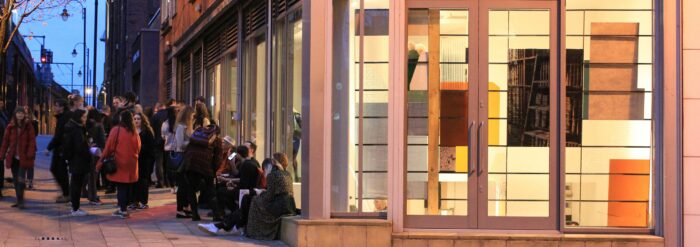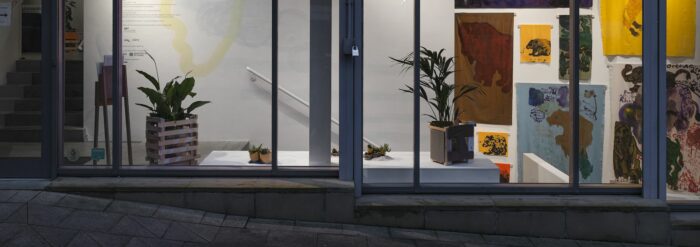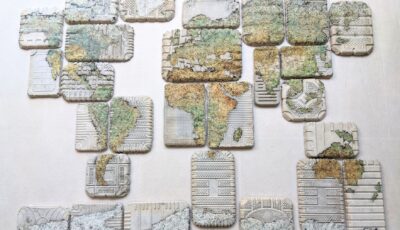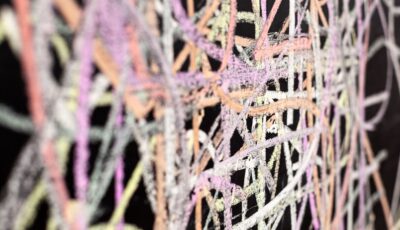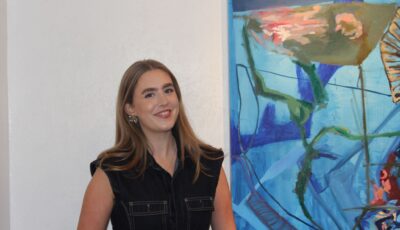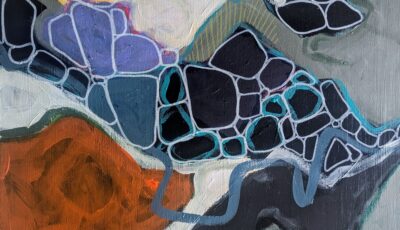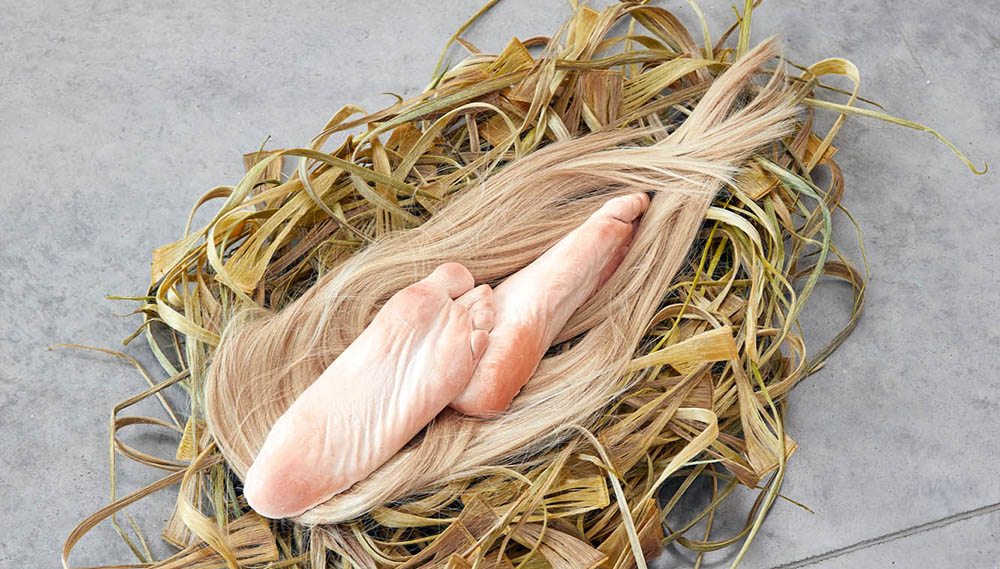
Spotlight: Artists and Sustainability – Jocelyn McGregor
Posted on 26 November 2021
This month we have asked Jocelyn McGregor to contribute to our series Spotlight – Artists and Sustainability where we are asking artists to share short responses about their work and how it might relate to climate change.
—
In what ways do you feel your work might relate to issues of climate change and sustainability, in the content of the work, its narrative, conceptually or theoretically. How might it speak to or challenge public discourse?
My practice more often than not revolves around the fraught relationship between the natural and ‘man-made’ world. I’m particularly interested in the causes of this relationship breakdown, how it links to ‘herstory’ and the identification of women with the earth (in ecofeminism in particularly); the representation over centuries of nature as fearful and threatening in Gothic and horror fiction (Eco-Gothic, eco-horror). Most recently I’ve been exploring interspecies relationships and hybrid bodies as a means of breaking down the false hierarchy that places ‘man’ at the top.
I experience and enjoy a lot of art that celebrates and idealises the natural world, imagining a harmonious relationship that would exist if only we would let it… but I know that both me and my work don’t fit into this utopia. To me, nature is as threatening as it is incredible, ugly as it is beautiful, unpredictable, indiscriminately cruel, a life-giver and taker. Our fear of it, therefore, is most likely instinctive. Perhaps controversially, I think we need to learn to live in fear of nature, accept ourselves as just another organism in a vast melee of organisms, rekindle respect and recognise nature as the powerful force not to be reckoned with. The earth is not a victim at our mercy, it is the environment that we depend on for life but which does not depend on us… sustainability is a way of not drawing more attention to ourselves, which right now would be more than wise.
With regards the materials, processes and techniques you use to produce your work, are there any practical decisions you make with regards climate change and sustainability?
I haven’t been an angel when it comes to this (I have guilty flash backs to a ‘dry-stone’ wall I made out of polystyrene on my undergraduate course that ended up in the skip…) but I have been getting better and having fun with the process too. Here’s a few examples of some sustainable material swaps:
– I replaced synthetic stuffing in my fabric works with recycled textiles made from mine and my family’s old clothes. I cut up the fabric into tiny squares… it takes aaagggeeesss and I get blisters from the scissors but doing a little bit each day helps, and my family and friends lend me a hand from time to time. Also means I can gather and reuse things like zips, buttons, fancy bits of lace, etc.
– Cannibalising old works. I am a proud art cannibal, new installations eat old installations, making them bigger, better and well-fed. At my career level and in this financial climate no one is queuing to buy my site-specific installations, and I don’t have the cash to pay for storage or buy all the bulk materials again for the next one. PLUS it adds a whole extra psychometry-esque level to the works, where these materials and objects have lived a sort of life of their own and absorbed some stories before the exhibition. Anne Hardy is my hero of installation cannibalism; she even finds a place for her off-cuts.
– I quit resin. I don’t use it anymore. I don’t have a replacement, I haven’t tried bio-resin… and as yet I haven’t missed it.
– I swapped silicon for latex. BUT some latexes still aren’t great for the environment, so this is work-in-progress as swaps go.
– Buying/scavenging off-cuts and roll ends – I see so many installations and exhibitions that use carpet, upholstery, curtains, etc. I love how it changes the space but I can’t help cringing at the expense – it feels a bit unachievable if you’re early career – and the waste afterwards! But I found that I can get hold of off-cuts and roll ends for super cheap from most fabric and carpet shops, as well as online, and better quality carpet too – using natural materials and at an affordable price. Iron-on carpet adhesives have been great and really easy to use, with really neat results. I think these workarounds really add something to my work, and I’m already planning to cannibalise into new work or make rugs and curtains for myself afterwards.
In general, how do you feel galleries, art spaces, artworks and artists, might be able to contribute, what if any role do you feel they can play in a progressive conversation?
They/we need to all play a role. Galleries, art spaces, artworks and artists should actively track the carbon footprint of each exhibition, share this with one another while working together, and come up with more sustainable options for each stage. Imagine what the collective impact would be if every exhibition worldwide actively reduced and offset their carbon footprint/environmental impact from production to exhibition to life after deinstall, in an informed and holistic way.
Also, art is by nature ahead of the curve, if we all start taking action in the art world we can pretty much guarantee everyone will follow like they do whenever we start moving house.
Are there any tips or advice, anything you have learnt you might want to share with other artists or our audiences?
Stop caring about dirt and damage. Things wear and age, not every exhibition has to look like the building was just erected yesterday, and not every piece of art has to look like it was born out of a 3D printer. So much of this obsession with art and exhibitions looking ‘slick’ is linked to this pressure of having the latest technology, the latest fashion, the latest design; and we all must know by now how much waste is generated and environmental damage is caused from having that mind-set. Bring back reusing, breaking shit, making do and mending, get your own hands dirty and show us all the abominable and vulnerable messterpieces of your lived experience… would be my advice.
November 2021: Jocelyn McGregor
Image: Jocelyn McGregor, The Picnic (2018), at South London Gallery. Photography by Andy Stagg.
